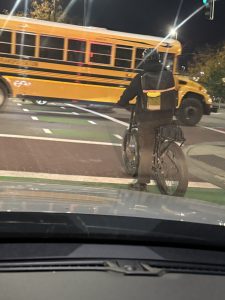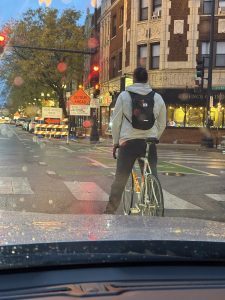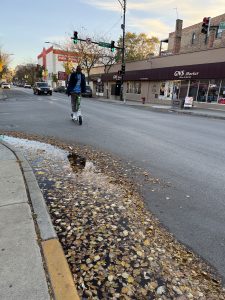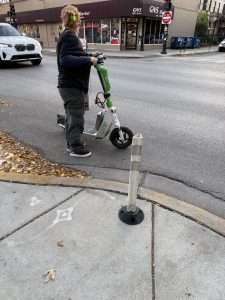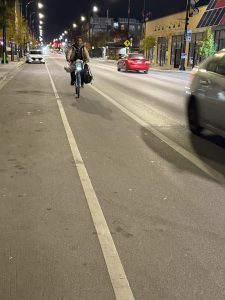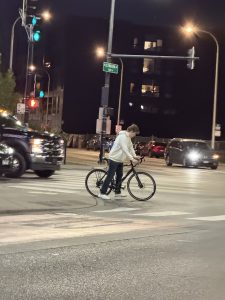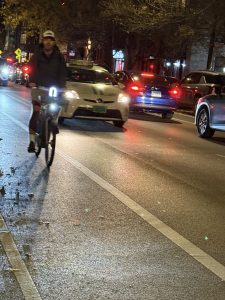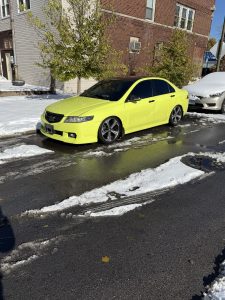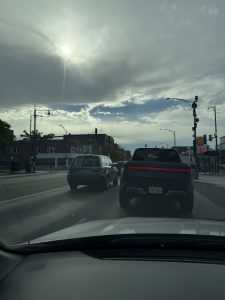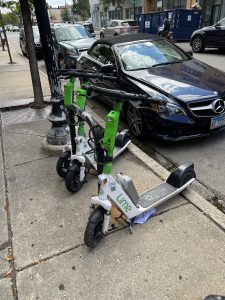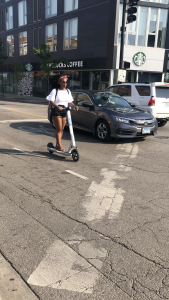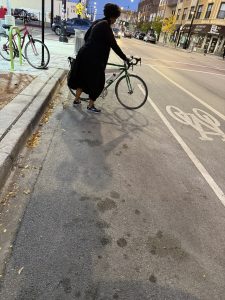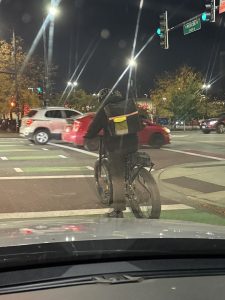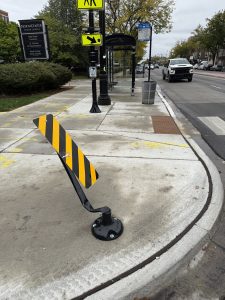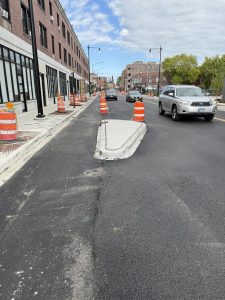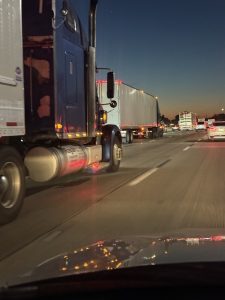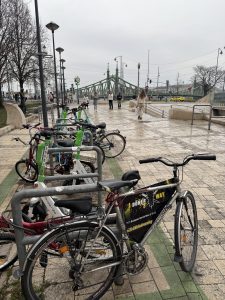

As temperatures drop and snow begins to fall, many Chicagoans pack away their bikes for the season. Yet, an increasing number of dedicated cyclists continue to rely on bicycles for transportation—even through the harsh Midwest winter. While winter biking may not be for everyone, it is becoming more common, and both cyclists and motorists must adapt to share the road safely. The bike injury lawyers of Zneimer & Zneimer P.C. note that bike riding during the winter months in Chicago can be treacherous for obvious reasons.
Is Winter Biking in Chicago Realistic?
Maybe with extreme caution. Chicago’s cycling infrastructure, including protected bike lanes and the Divvy bike-share system, makes year-round biking possible for some. However, snow, ice, slush, and reduced daylight make conditions more dangerous than in warmer months. Additionally, most of Chicago’s “bike lanes” such as the lanes that run down Lawrence Ave., Lincoln Ave. and Damen Ave. are not protected bike lanes and run along the parked car lane. Cyclists who choose to ride in winter must use extra caution, wear reflective and layered clothing, and ensure their bikes have good traction tires and bright front and rear lights.




